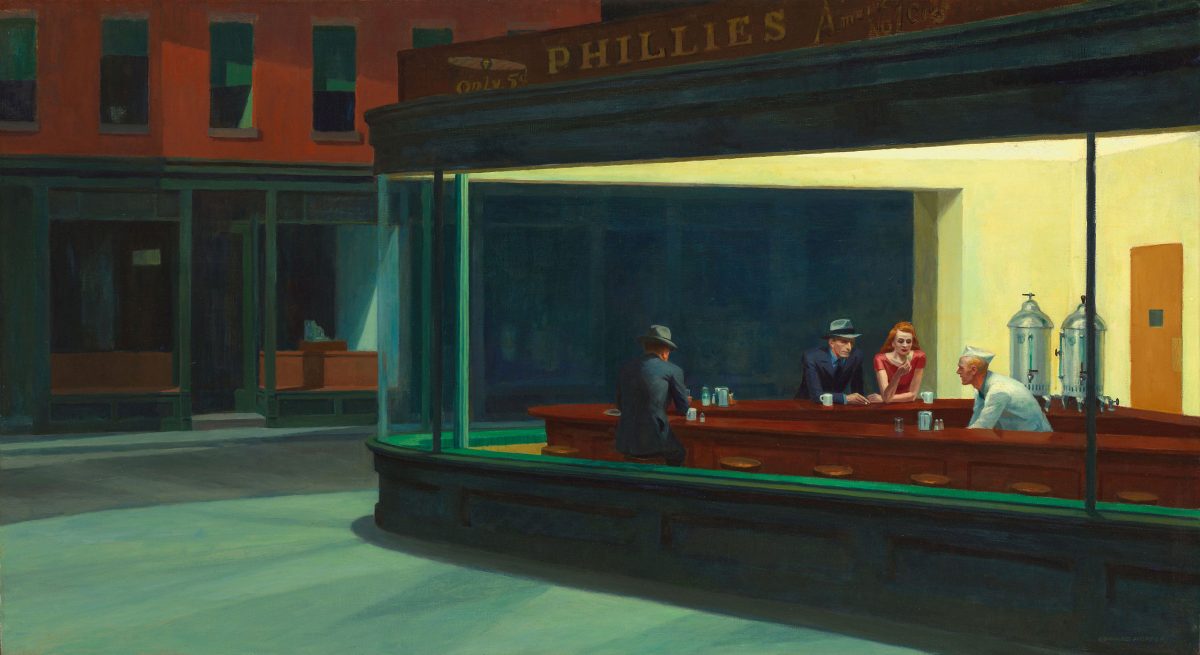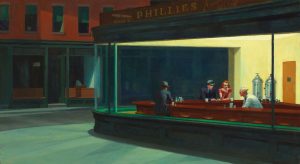In “Bar Car Prophesy,” writer Rosie Schaap talks about her experiences reading Tarot cards for passengers in the bar car of the Metroliner commuter train. Schaap mentions that strangers would walk up to her and tell her all sorts of things about their lives. In this case, the bar car works as a vehicle for people to chat with one another with less apprehensions. As the writer mentions, there also were passengers who seemed “out of touch,” and didn’t want to approach her for a reading. Here, her description seems to apply not only to the passengers, but to the overall ambiance of the car.
Both in Tove Danovich’s “Penn Station’s Underground Raw Bar,” and Stephanie Danler’s “The Unglamorous Reality of Working in a Top Restaurant,” we are able to see how much of an influence the atmosphere of a space has on the individuals and the food and drinks they consume. In both of these essays, and on the “This American Life” episode, the bar is emphasized. While in principle, the bar seems to be a space that is interchangeable between spaces, these three pieces stress how different they actually are. Each of the bars have a different history, and because of that, tell different stories. While the “raw bar” in Penn Station sees familiar faces come and go, the “long, dark mahogany bar” seems to offer a more limited experience. The bar car in the commuter train however, experiences a new story every day.
Image: Nighthawks by Edward Hopper (1942)

